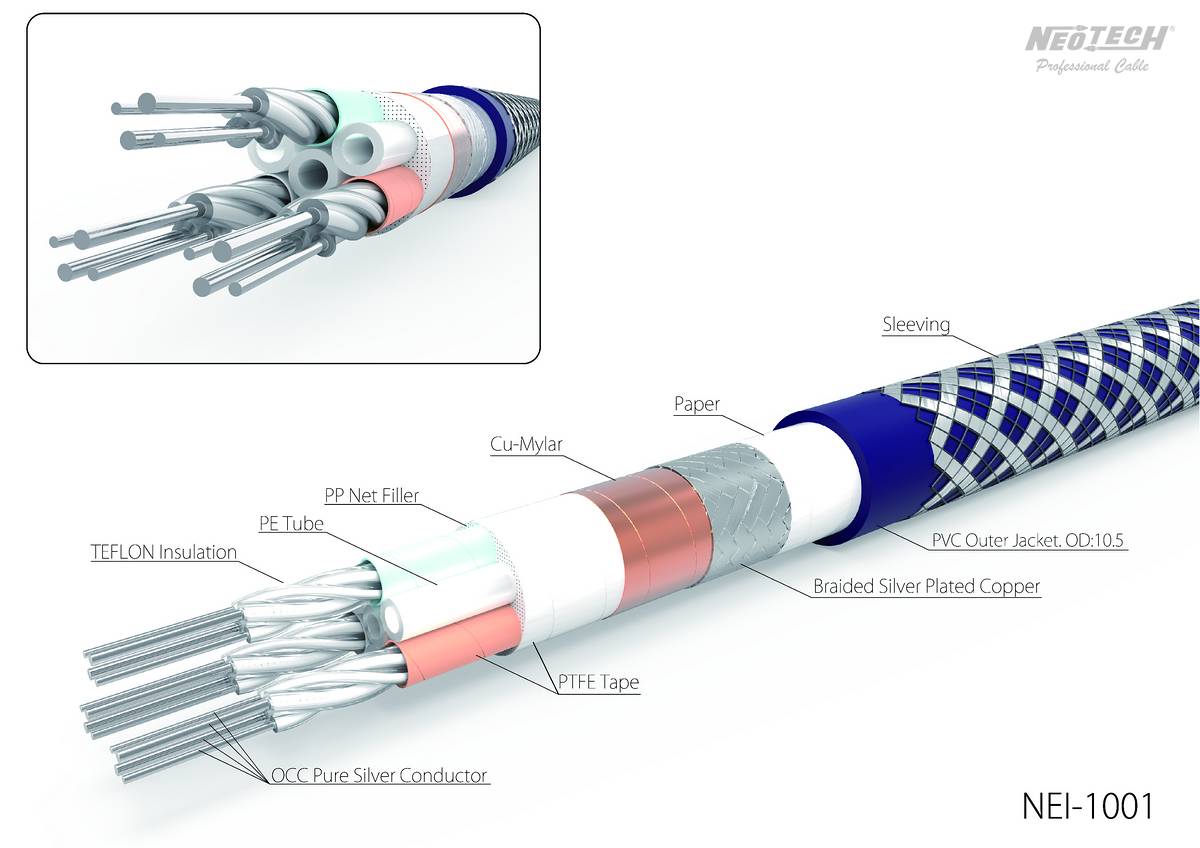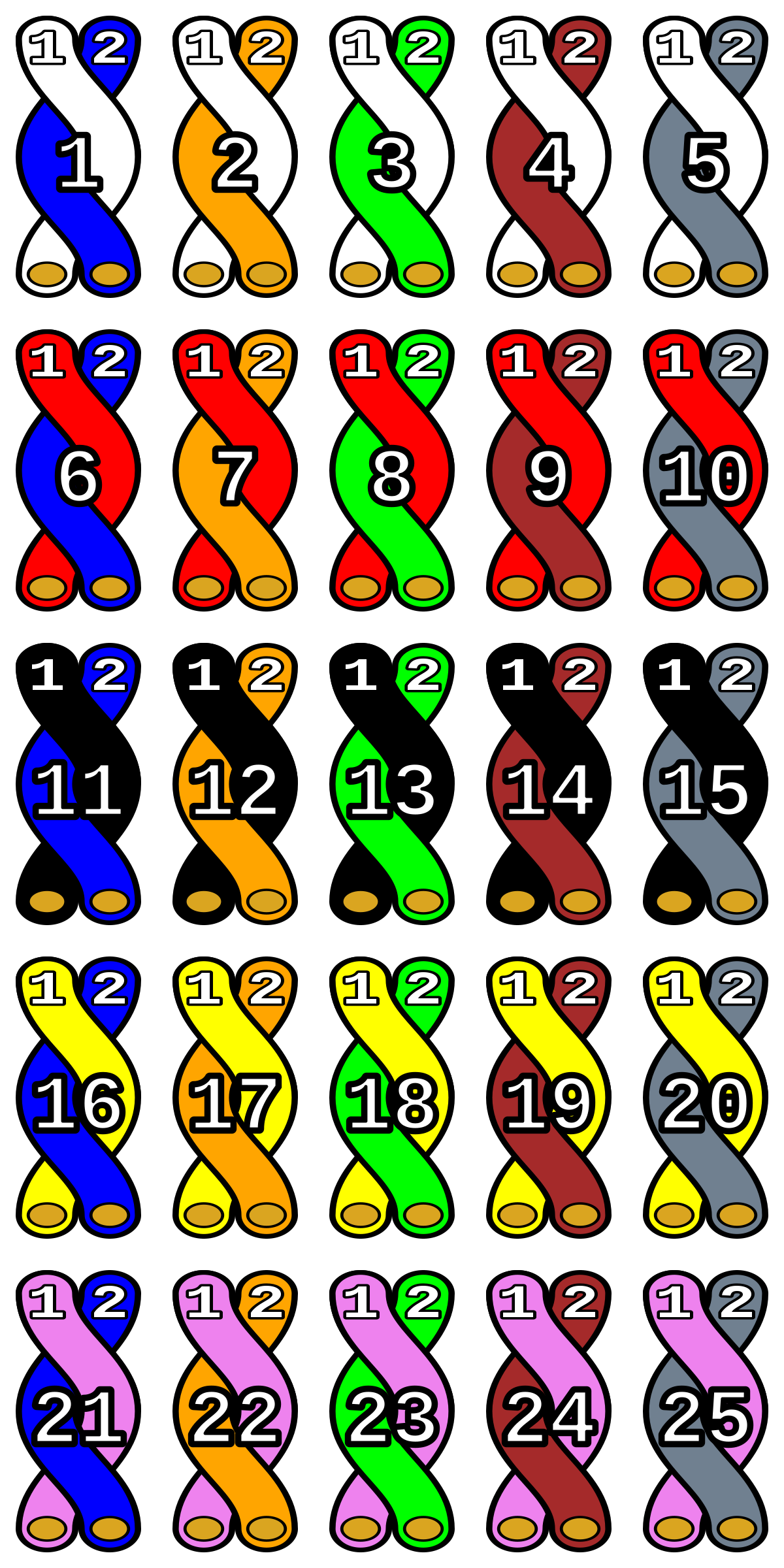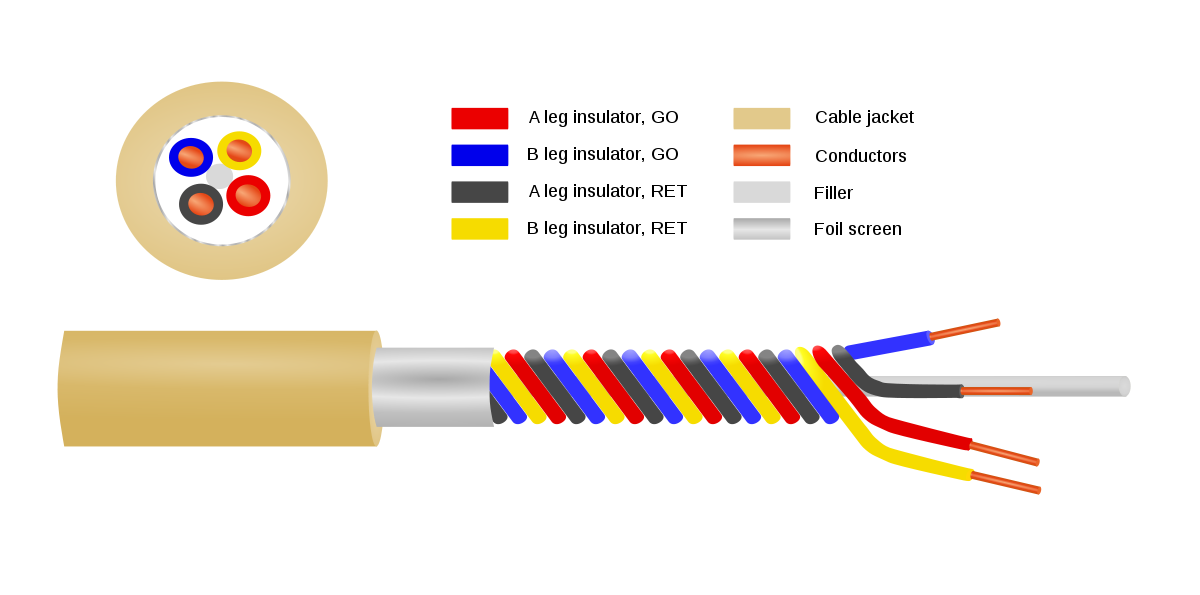I've read other posts on ASR about twisting / braiding for RCA/ headphone cables, as well as the impressive youtube video on audiouniversity channel demostrating much reduced noise with twisted pairs.
I am interested in making a pair of balanced XLR interconnects. I have more than enough cheap bare wires and teflon tubings people threw out. However, I have no braided shield on my hands right now, so I would like to use three wires for the XLR. I'm using them at home, so noise isn't a very big concern.
1. Should I twist all three wires in the same direction? Or should I braid them? Will this be WORSE then twisted pair plus braided shield? If three wires is worse, then I'd better buy some braided shield.
2. Is there any advantage in spacing out the three wires by empty teflon tubes (like in the diagram below, where Neotech used empty teflon tubes to maintain a constant distance between the signal conductors)? Or is there any theoretical difference including the inaudible range?
3. In the diagram below, each signal conductor is made up of four individually insulated strands twisted together. I believe this is something similar to a Litz wire? Is there any advantage to this over a single conductor for +ve, -ve and ground respectively?
I'm asking because I have rolls of unused teflon tubes people threw out and therefore I can create any interesting design which is scientifically sound without extra cost. I just don't have briaded shielding at hand.
Thank you!

I am interested in making a pair of balanced XLR interconnects. I have more than enough cheap bare wires and teflon tubings people threw out. However, I have no braided shield on my hands right now, so I would like to use three wires for the XLR. I'm using them at home, so noise isn't a very big concern.
1. Should I twist all three wires in the same direction? Or should I braid them? Will this be WORSE then twisted pair plus braided shield? If three wires is worse, then I'd better buy some braided shield.
2. Is there any advantage in spacing out the three wires by empty teflon tubes (like in the diagram below, where Neotech used empty teflon tubes to maintain a constant distance between the signal conductors)? Or is there any theoretical difference including the inaudible range?
3. In the diagram below, each signal conductor is made up of four individually insulated strands twisted together. I believe this is something similar to a Litz wire? Is there any advantage to this over a single conductor for +ve, -ve and ground respectively?
I'm asking because I have rolls of unused teflon tubes people threw out and therefore I can create any interesting design which is scientifically sound without extra cost. I just don't have briaded shielding at hand.
Thank you!

Last edited:


